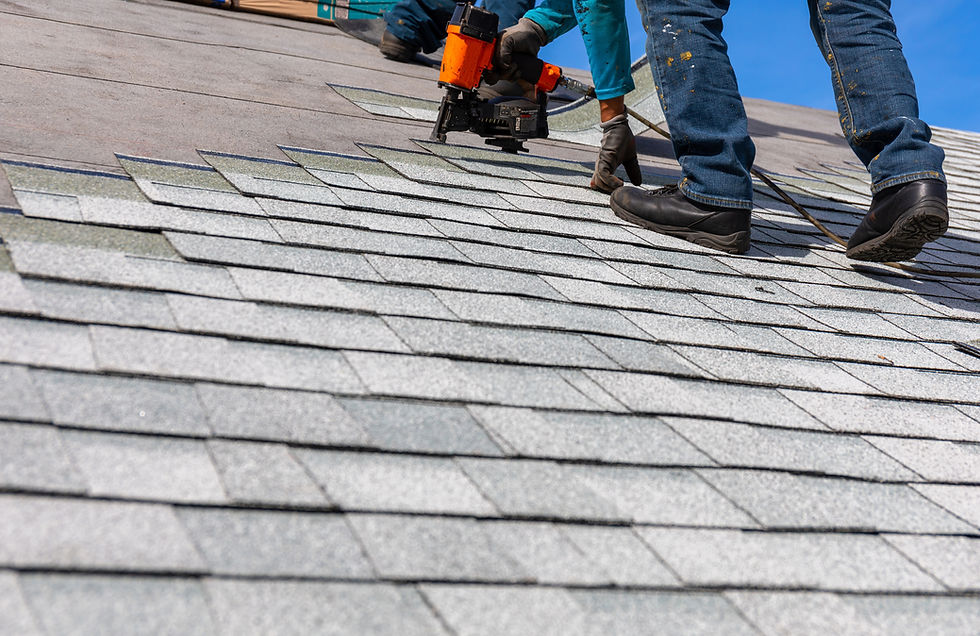Winterizing Your Pipes in a Few Easy Steps
- Tod Reynolds

- Dec 6, 2024
- 2 min read
As the chill of winter arrives in Central PA, it’s crucial to prepare your home to withstand freezing temperatures. Frozen pipes can leave you without water when you need it most and lead to expensive repairs. By taking a few proactive steps now, you can safeguard your home, protect your budget, and enjoy peace of mind throughout the colder months. Let’s dive into how you can winterize your pipes effectively.

Step 1: Locate & Test Your Main Water Shut-Off Valve
One of the most important tasks before the freeze sets in is identifying your main water shut-off valve. This small step can save you big in an emergency. Here’s how to get started:
Find the Shut-Off Valve
Typically, it’s located near the water meter or where the main water pipe enters your home. Mark it with an I.D. tag for easy access.
Test the Shut-Off Valve
Slowly close the valve to ensure it’s functioning properly. For ball valves, this usually requires a quarter turn, while gate valves close by turning the handle clockwise. If the valve doesn’t turn smoothly, it may need servicing.
Verify It Works
After closing the valve, check sinks and faucets throughout your home. If no water flows, nice work! You’ve successfully located and tested your main water shut-off valve!
Winterizing Tips to Keep Pipes Flowing
Once you’ve addressed the shut-off valve, it’s time to tackle other areas that might be vulnerable to freezing temperatures. These tips will help keep your plumbing in top shape this winter.
Open Cabinet Doors
If you have pipes running through cabinets or vanities, keep the doors open to allow warmer room air to circulate around the pipes. This can prevent freezing during cold snaps.
Insulate Pipes
Protect exposed pipes by wrapping them with insulation or heat tape. These materials are readily available and can make a significant difference in preventing frozen pipes.
Check Irrigation Systems
Ensure all irrigation systems are turned off and properly drained before the ground freezes. This simple step can prevent costly damage to outdoor systems.
Seal Drafts
Cold air seeping in through cracks and gaps can wreak havoc on pipes. Inspect areas around windows, doors, and other entry points, and seal drafts to keep cold air out.
Let Water Flow
When temperatures drop below freezing, keeping water moving can help prevent ice from forming in your pipes. Allow a small trickle of water to flow from your faucets, especially overnight when temperatures tend to be at their lowest.
Why Winterizing Matters
A little preparation now can prevent big problems later. Frozen pipes they can burst, causing extensive water damage and costly repairs. By taking these simple steps, you’re protecting your home, your family, and your wallet from unnecessary stress and expense.
Miss the winterization process and have a wipe burst in your home? 1d Remedy is here to support you! We specialize in repairing homes from water damage. Contact us today for expert advice and assistance — and let us help you keep your home safe and dry this winter!







